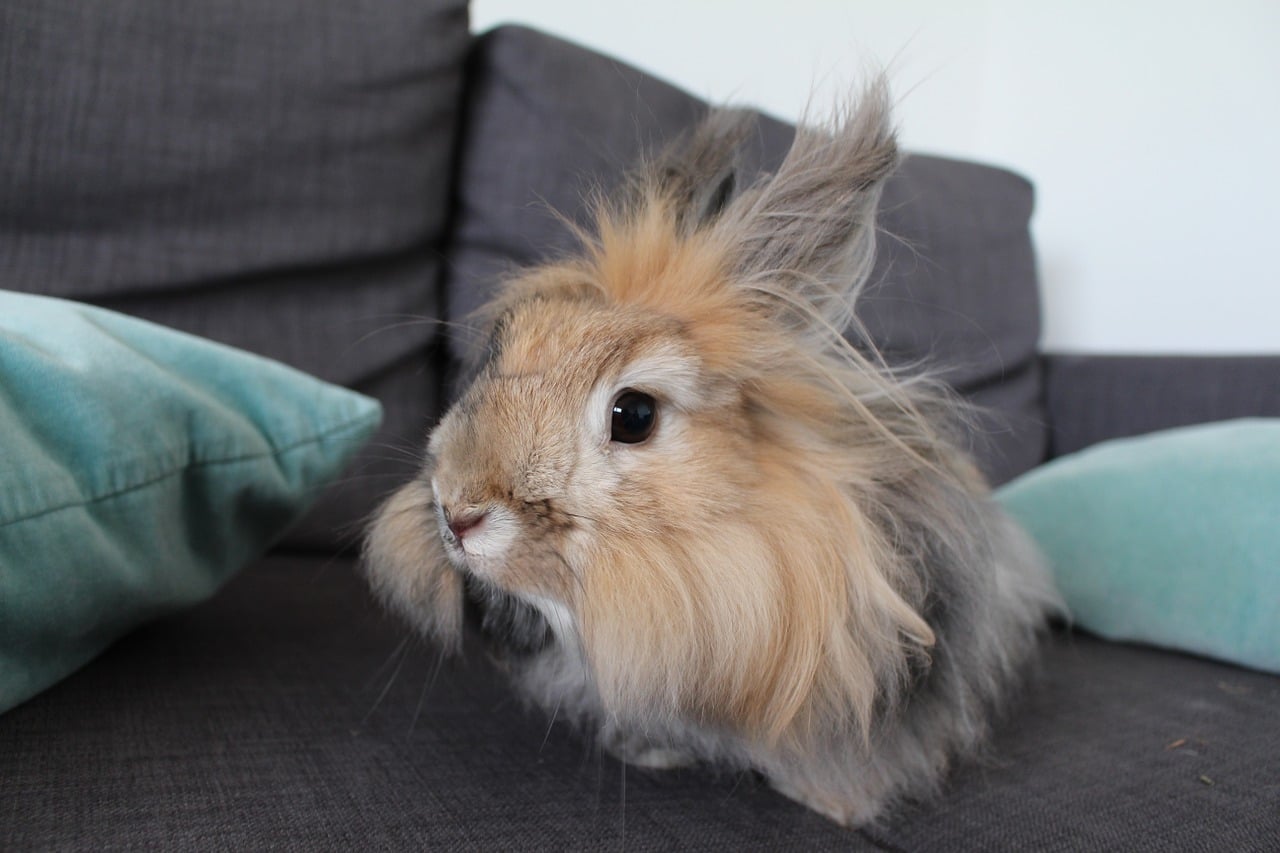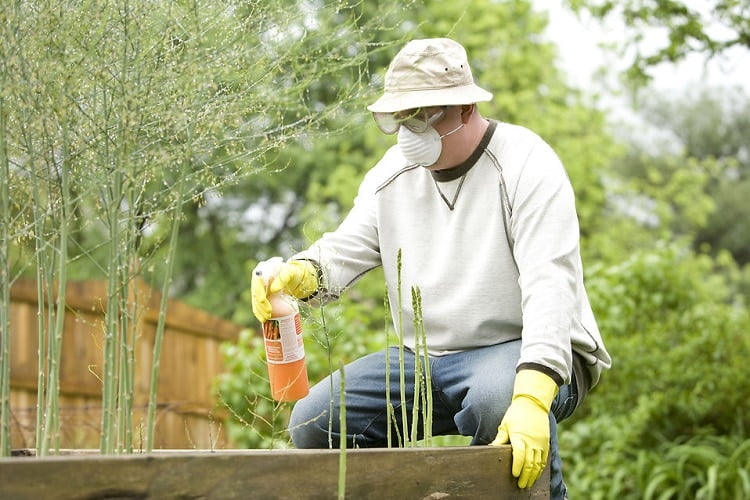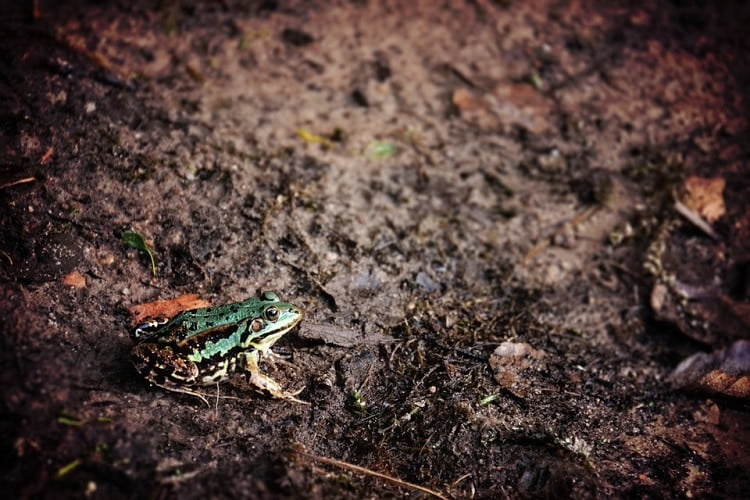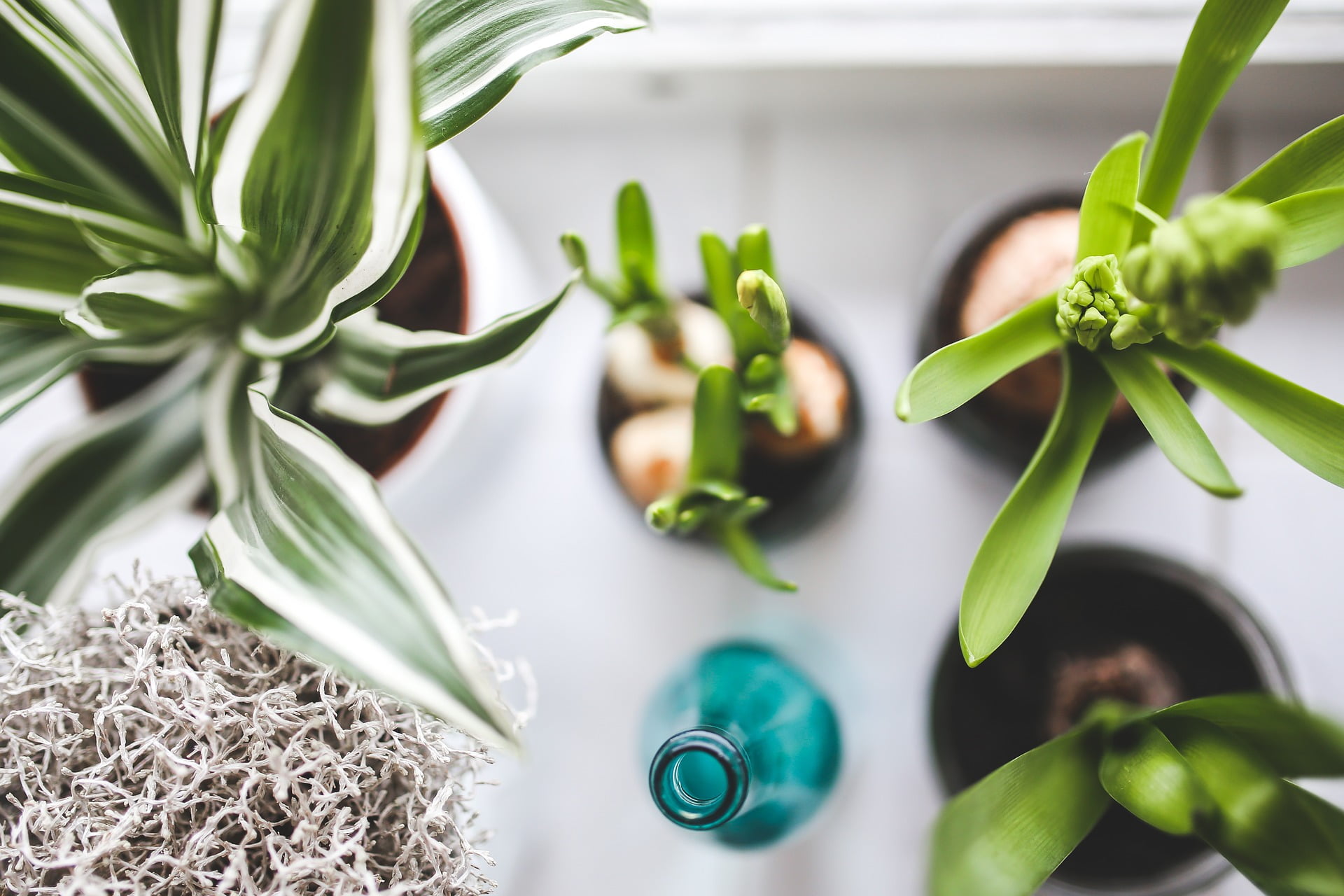Breeds of Angora Rabbits
There are many varieties of breeds of Angora rabbits. Among these breeds are German Angora rabbits, English Angora rabbits, Giant Angora rabbits, French Angora rabbits, Satin Angora rabbits, Dwarf Angora rabbits, Jersey Wooley rabbits, and American Fuzzy Lop rabbits. There are other breeds that look like Angora rabbits, such as the Lionhead rabbit, but they are officially not a part of the Angora rabbit family. However, you can still raise these types of rabbits just like you would raise Angora rabbits because they are very similar to the Angora breed. Below I will discuss the different types of Angora rabbits so that you can determine which breed would be best for you.German Angoras
German Angora rabbits are considered the most popular breed of Angora rabbits. They are larger than some of the other Angora breeds, with their weight ranging from 5.5 pounds to 12 pounds. Their hair does not shed, which means you will need to shear them every 80 days. German Angoras are well known for their fluffy fiber.
Image Source: Mariann Foster
English Angoras
Unlike the German Angora rabbit, the English Angora weighs in at a smaller weight. The weight ranges from 5 to 6 pounds, and they can live up to 12 years. These fuzzy bunnies are well known for their fluffy bodies, and they are unique because they have lots of hair on their entire face. Unlike the German Angora, the English Angora needs extra care with his hair. To prevent it from becoming matted, you will need to brush them one to two times per week, as well as shear them four times per year. A good English Angora rabbit will give up to 16 ounces of fiber yearly.
Image Source: Mariann Foster
Giant Angoras
This breed of Angora rabbit can weigh from 9 to 14 pounds and will give nearly 2 pounds of fiber per year. They are very similar to German Angoras and are sometimes mistaken as such. However, you can tell the difference by looking at their size. Although German Angora rabbits are large, Giant Angoras are usually larger.
Image Source: Mariann Foster
French Angoras
French Angora rabbits are another larger breed of Angora rabbits. But unlike the German Angoras and Giant Angoras, this breed usually weighs about 8 pounds. French Angora rabbits are not as soft as other breeds, but their hair becomes felted less often.
Image Source: Petmapz
Satin Angoras
Most Satin Angora rabbits will weigh in at 8 1/2 pounds. Satin Angora rabbits will produce less than half a pound of hair per year. Satin Angora rabbits have finer, softer, and silkier fiber than other Angora rabbits.
Image Source: Pinterest
Dwarf Angoras
The Dwarf Angora rabbit weighs in at around 3 to 4 pounds and can live up to 10 years. Dwarfs require less maintenance than the English Angora because their hair does not become matted as quickly. This breed does not grow as much hair as English Angoras.
Image Source: Pinterest
Jersey Wooley
The Jersey Wooley weighs in at about 3 pounds. This particular breed has been developed by breeding a combination of miniature short-haired breeds with a French Angora rabbit. They are popular show rabbits and make great pets.
Image Source: Pet Guide
American Fuzzy Lop
The American Fuzzy Lop rabbit is similar to a Holland Lop rabbit, but it has hair like an Angora. It is officially a type of Angora rabbit because of its long, fuzzy hair. American Fuzzy Lops, also called Fuzzy Lops, come in a variety of colors including, solid colors and speckled colors.
Image Source: Pinterest
What Is the Lionhead Rabbit?
Lionhead rabbits are often mistaken for Angora rabbits. That is because they have a lot of hair, just like Angora rabbits do. However, Lionhead rabbits are not a part of the Angora rabbit breed. Lionhead rabbits have a “mane” around their head similar to a lion’s mane. There are two types of manes: single manes and double manes. A single mane Lionhead rabbit has a mane of hair around its head, but a double mane Lionhead rabbit will have more hair around the head. The only way you can really tell if your Lionhead rabbit has a single mane or double mane is to check when they are babies. While their mane will not come in until they are older, you can check a newborn bunny to see if it has a V forming around their flanks. If your bunny does, it is a double mane Lionhead rabbit. Some Lionhead rabbits do not have much of a mane if any. This is either because it is a mixed breed, or it is just the way your bunny is. Each rabbit will have a different look. Some will have an impressive mane, while others will have just a small amount of hair around their head. One common question about Lionhead rabbits is this: How do I tell the difference between a Lionhead rabbit and an Angora rabbit? The answer is rather simple. Angora rabbits have much thicker hair than Lionheads have. Additionally, Lionheads do not have the ear tassels that Angoras have. Lionheads also do not need to be sheared, but they do need regular brushing.
Image Source: Mariann Foster
What to Feed Angora Rabbits
Now that you have learned about the different types of Angora rabbits, it is time to get started on how to care for them. The first thing we will go over is what to feed them. It is recommended that your rabbit’s diet contains the following:- Protein: 15 to 17%
- Fiber: 14 to 16%
- Fat: 2 to 4%
- Salt: .5 to .7
- Calcium: 1 to 1.2
- Phosphorus: .3 to .5
- Copper (mg): 10
- Iron (mg): 50
- Zinc (mg): 40 to 50
- The following Amino Acids:
- Cystine & Methionine: .7%
- Arginine: .6%
- Lysine: .5%
- Vitamin A: 6,000 to 10,000
- Vitamin D: 500 to 1,500
- Vitamin E: 20 to 60
How Big Will My Angora Rabbit Get?
How big your Angora rabbit will get depends on what breed he is. If it is a smaller breed, such as the English Angora or Dwarf Angora, it should only get as big as 6 pounds. Dwarf Angora rabbits only weigh in at around 3 pounds. However, if it is a larger breed such as the Giant Angora, it could weigh up to 14 pounds. The size will also vary with each Angora rabbit. Some Angora rabbits are simply larger than others, even if they are the same breed.
Image Source: Mariann Foster
Supplies Needed for Raising Angora Rabbits
All rabbits mainly need three things: food, water, and shelter. However, most bunnies always love extra toys and treats, and especially attention from their owners. Depending on how much time you spend with him, your rabbit should enjoy visiting with you. But all rabbits have different personalities and some may not want to be cuddled as much as others do. This will be discussed later in this article. The following is a list of some supplies you will need to start raising rabbits:- Rabbit Hutch: A rabbit hutch is an outdoor enclosure that provides shelter for rabbits. Some rabbit hutches have a little pen that allows your rabbit to run around in, but others are simply a four-sided wooden cage with a roof. A rabbit hutch is meant to be kept outdoors. If you will be raising indoor rabbits, you may not need a rabbit hutch. However, a rabbit hutch is a good investment so that your rabbits can stay outdoors for the summer.
- Cage: As an alternative to a rabbit hutch, a metal cage can be used to keep your rabbits enclosed and safe. However, you will need to keep the cages indoors since they do not have a form of shelter from the elements. A negative to consider is that a cage is not good for your rabbit’s feet. But if you will be letting your rabbit out on solid surfaces often, this is not as big a concern.
- Outdoor Pen: If your rabbit hutch does not include an outdoor pen, you will need to fence off an area for your rabbit to exercise and play. You can also train your rabbit to walk on a leash. If your Angora rabbit is an indoor pet, consider making a bunny-proof room for your bunny to run around in. Make sure to have a litter box available, and block off all electric cords and outlets.
- Water: All animals need fresh water. Make sure your Angora rabbit has a dish full of clean water at all times.
- Food: I have already discussed what to feed your rabbit, so now it is just as simple as keeping your rabbit’s dish filled. You may want to treat your Angora rabbit to some fresh veggies and fruit once in a while.
- Treats: Treats are not necessary for Angora rabbits to survive, but it is nice once in a while. Fresh fruit and vegetables make great treats for bunnies.
- Toys: Angora rabbits enjoy toys that they can chew. They also like toys that they can pick up and throw around. You will be surprised at how many bunny toys are available. If you go to a local pet shop, you will probably find an entire aisle just for rabbit toys and supplies. But even if you can’t find rabbit toys and supplies where you live, there are many available online. Rabbit toys are usually made to engage their brains. Such toys include twig balls that are stuffed with hay. Many bunnies enjoy trying to get to the hay. Other toys include tunnels, wooden chew toys, balls, and pinecones.

Image Source: Mariann Foster
Can Firewood be Harmful to Angora Rabbits if Used for Heating?
When it comes to using firewood to heat home, angora rabbits owners should be cautious. Firewood may pose risks to their furry companions. Rabbits are sensitive to smoke and poor air quality, which can be exacerbated by burning firewood indoors. Additionally, rabbits are prone to respiratory issues, and the release of harmful substances during combustion can further compromise their health.








